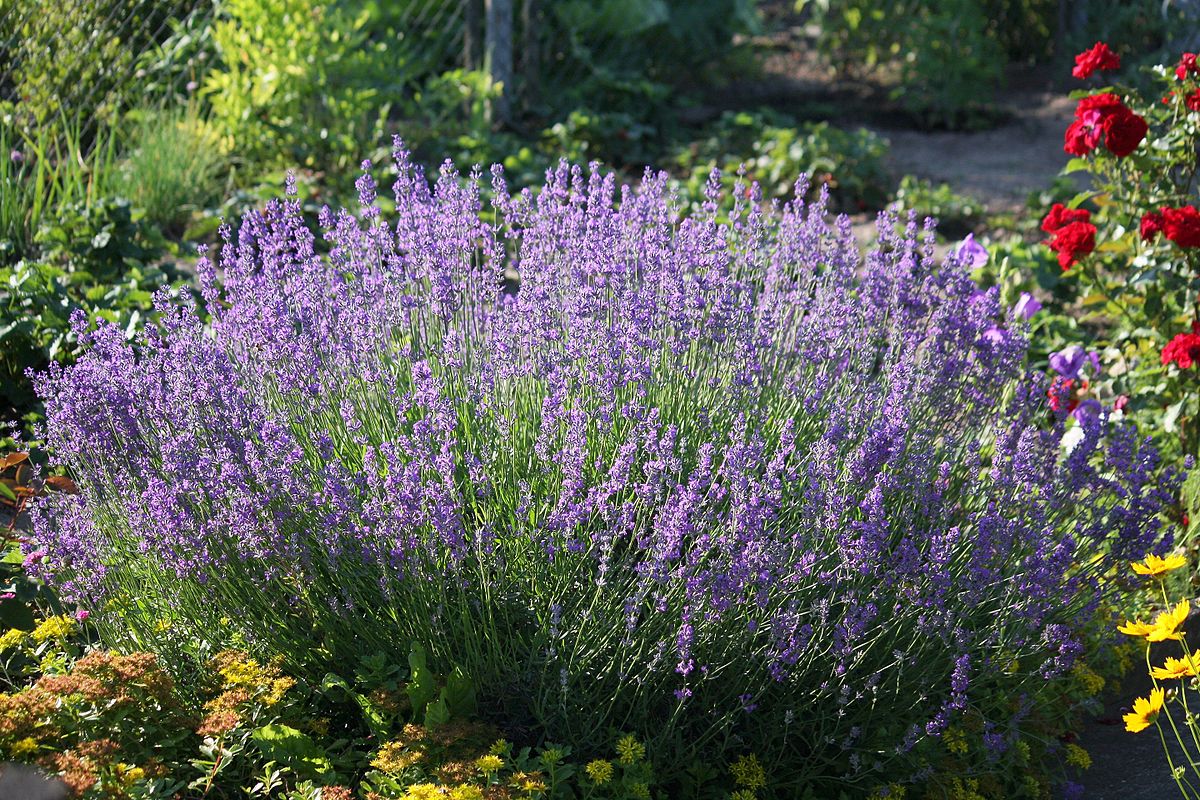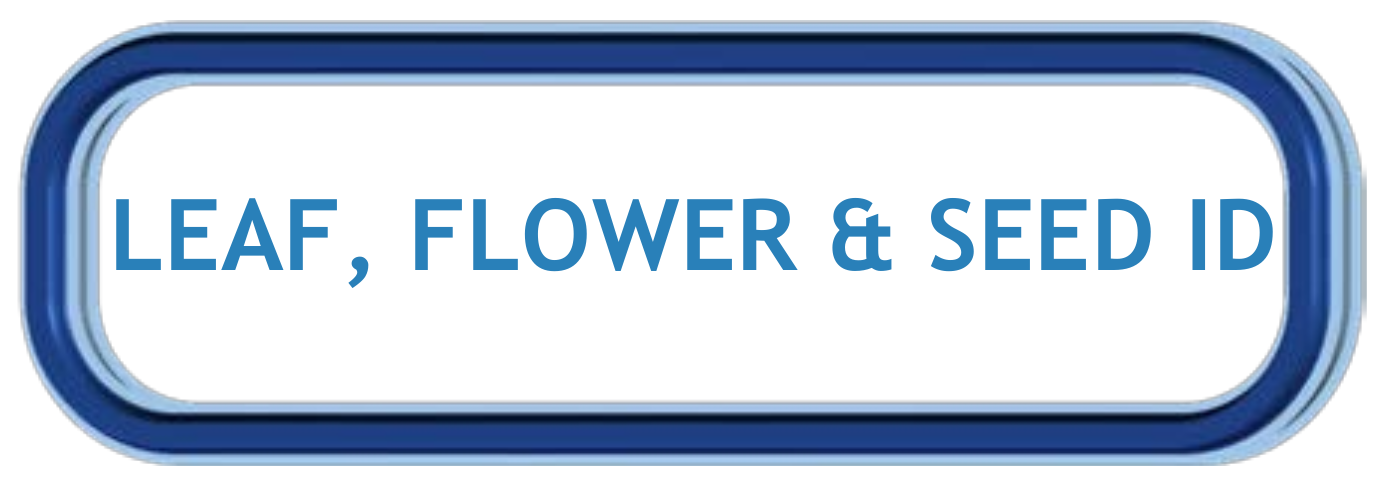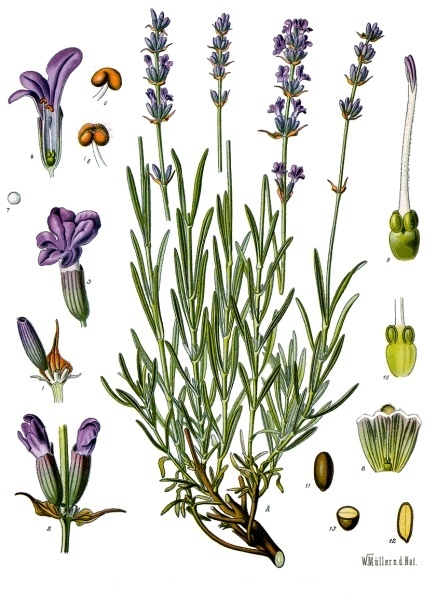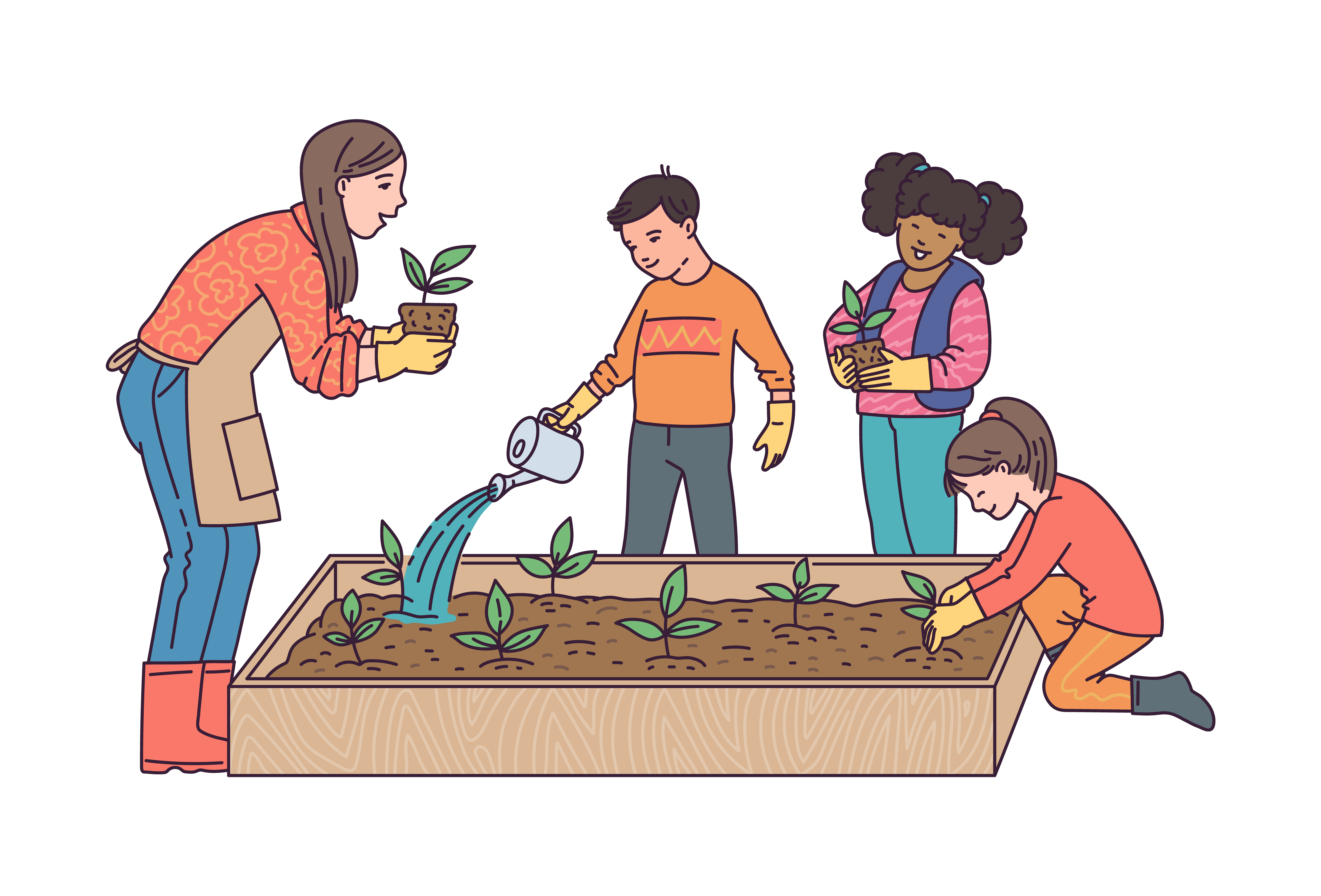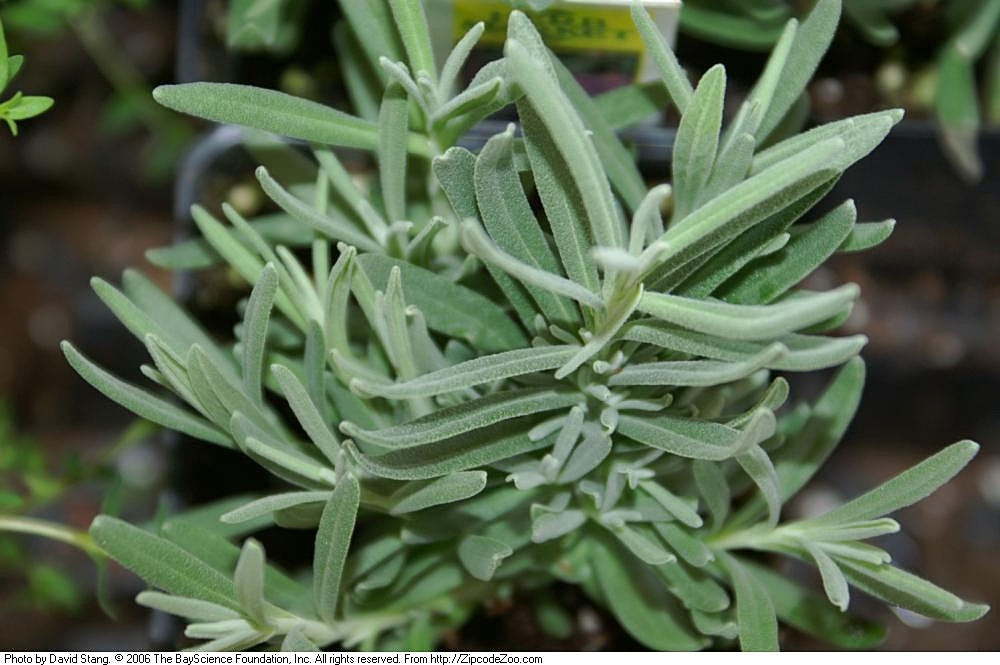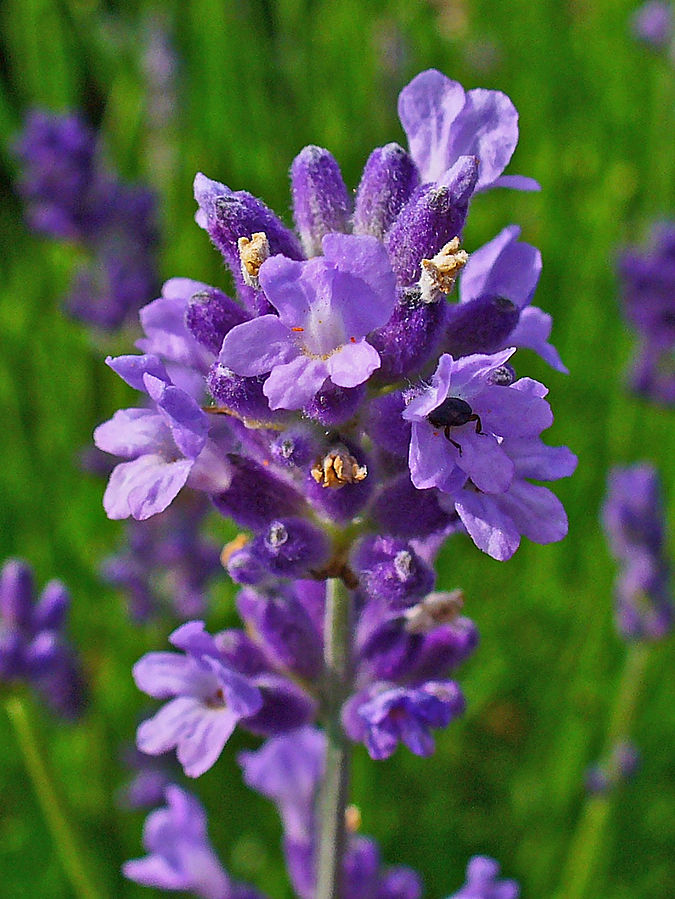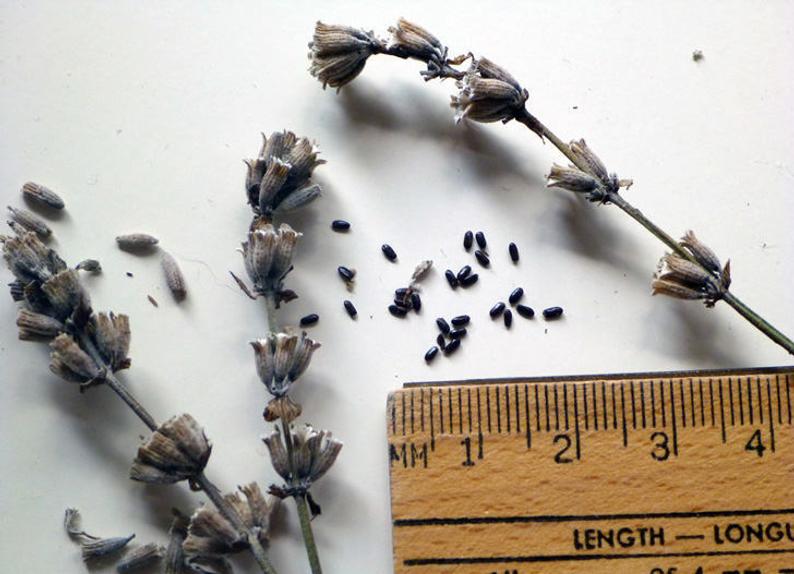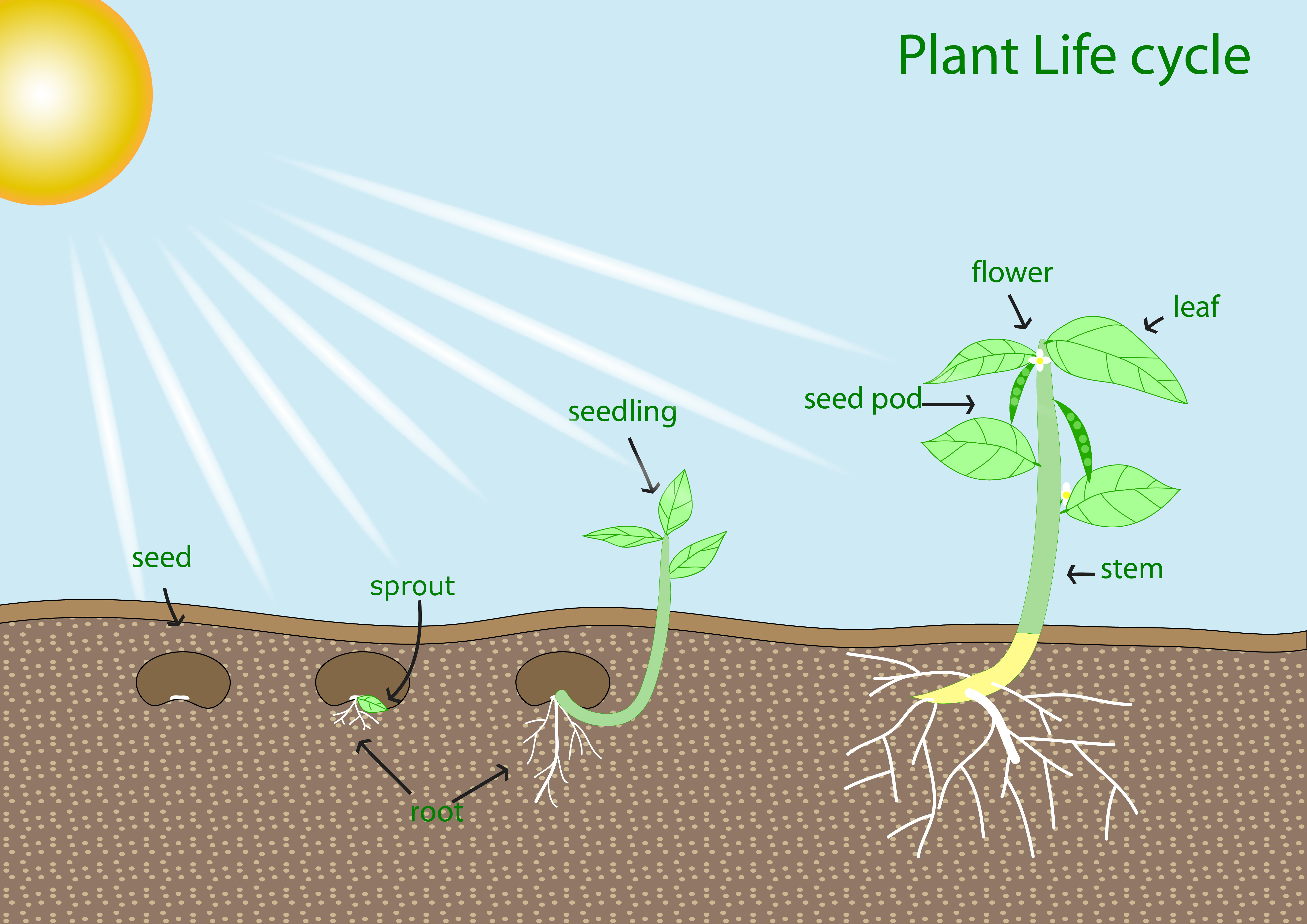Dig into Plants: English Lavender
| English Lavender Scientific Name: Lavandula angustifolia Native to Alabama: No, non-invasive |
|
Wikimedia Maja Dumat Click on image to enlarge it |
Learn more about...
| Ecological Benefits |
| This plant provides food for: | |
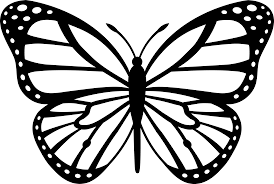 |
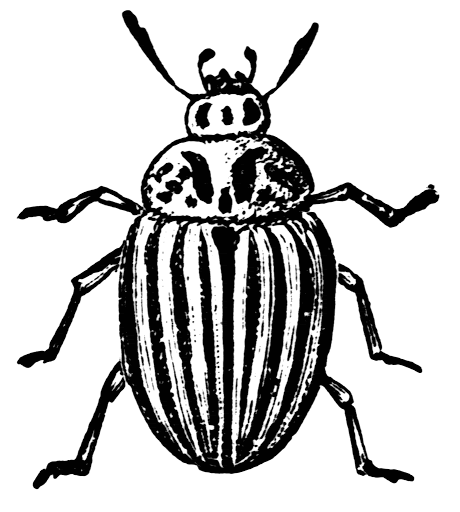 |
| Butterflies | Other Pollinators |
| Habitat Requirements | |||
| This plant prefers: | |||
|
(6+ hours of sun per day) |

Average Watering |
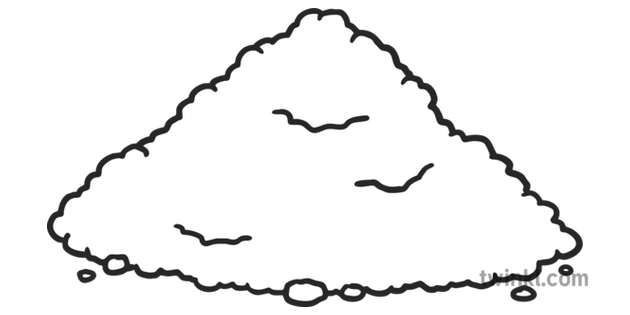 Well-drained or Sandy Soil Well-drained or Sandy Soil |
|
| Leaf, Flower & Seed Identification | |||||
| LEAF DESCRIPTION |
Wikimedia
David J. Stang Click on image to enlarge it |
||||
| Leaf Characteristics Chart (PDF) | |||||
| Shape: Linear or Lanceolate |
Margin: Entire/Smooth |
Arrangement: Opposite |
Form: Simple |
||
|
|
|
|
|||
| Description: | |||||
|
Square stems; leaves are soft, velvety, highly aromatic, gray-green to green-purple in summer, narrow, up to 2.5 inches long and less than an inch wide
|
|||||
| FLOWER DESCRIPTION |
Wikimedia
H. Zell Click on image to enlarge it |
|||
| Flower Shape Chart (JPG) | ||||
| Color: Purple, white, pink |
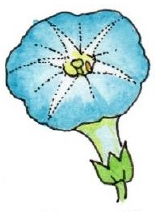 Shape: Shape:Funnelform |
Bloom Months: Jun - Aug |
||
| Description: | ||||
|
Aromatic flowers in clusters on spikes up to 3 inches long; flower is less than a half inch in size, trumpet-shaped, 2-lipped with 2 lobes on the upper lip and 3 lobes on the lower lip
|
||||
| SEED DESCRIPTION |
Stock Photo
Unavailable Click on image to enlarge it |
||
| Type: Fruit - Nut |
Description: Flowers dry and release nutlets |
||
| Plant spreads by: | |||
| Seeds Will self-seed |
|||
ADDITIONAL RESOURCES FOR TEACHERS
| Quick Fact Sheet (Condensed Species Info) |
Plant ID Sign: Ready as-is PDF |
Plant ID Sign: Editable Word Doc |
QR Code (Links to this Webpage) |
INFORMATION SOURCES FOR THIS PLANT
 |
|
|
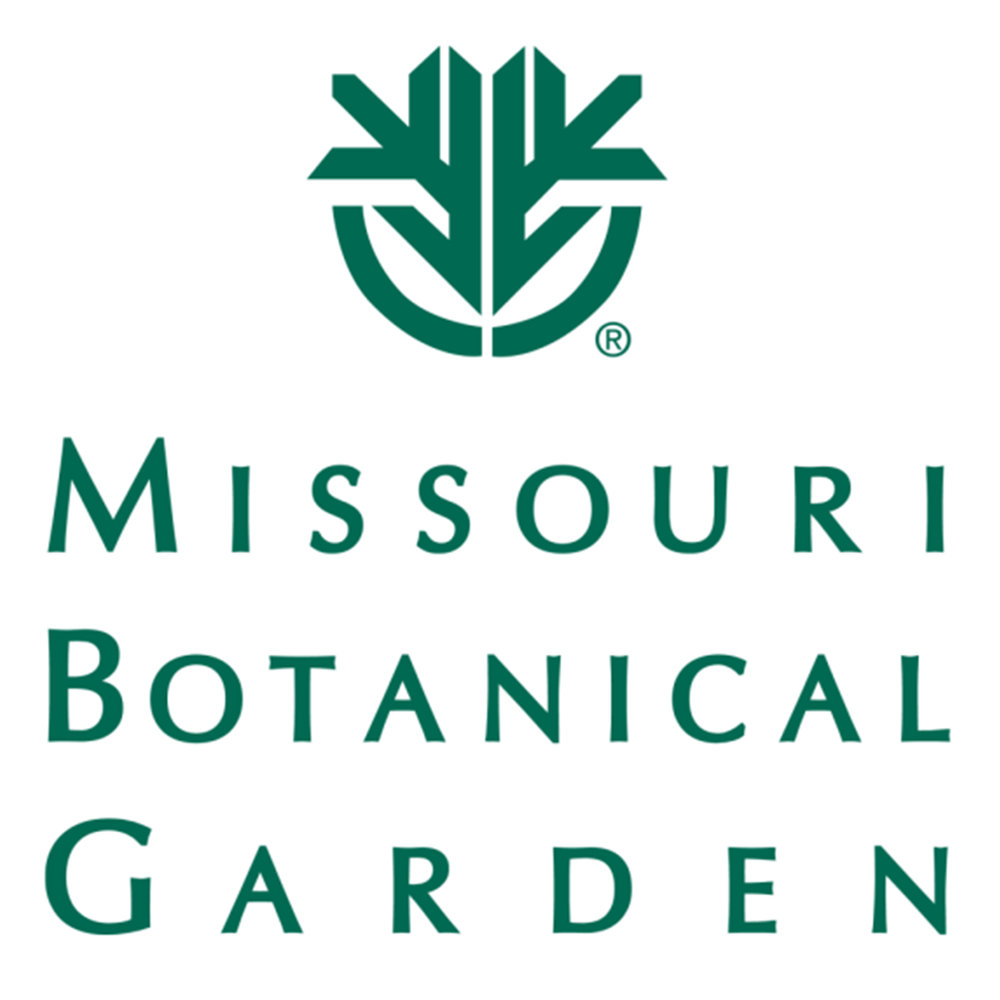 |
 Wildlife Tag
Wildlife Tag
